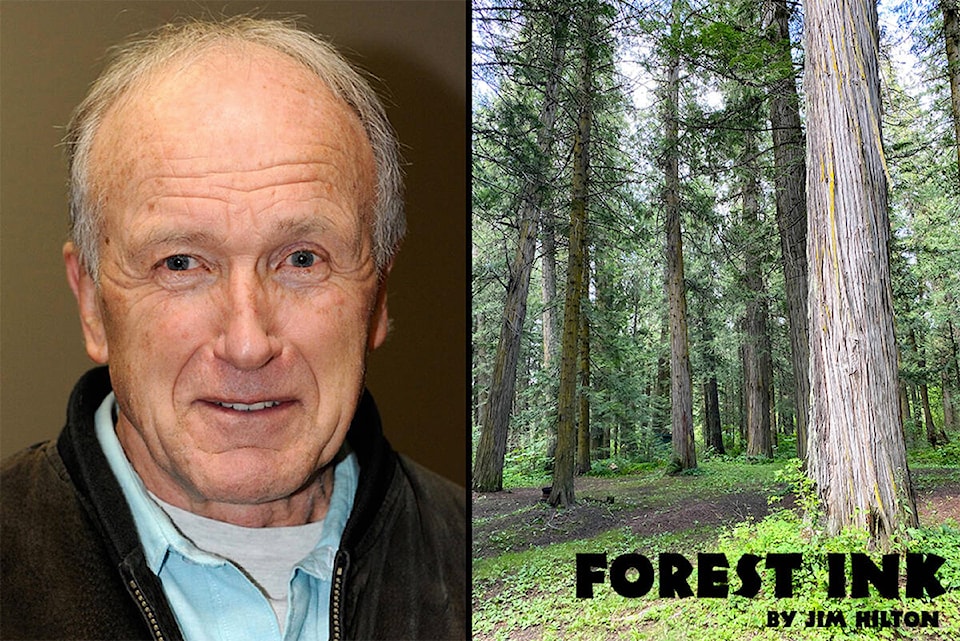By Jim Hilton
Forest Ink
I was encouraged about the news last week that the Ulkatcho First Nation was proceeding with the construction of one of the largest off-grid solar projects in Canada. Not only will this project reduce the diesel use by millions of litres it may be the catalyst to introducing other forms of bio energy that could compliment the solar system.
I have been experimenting with solar power for 10 plus years starting with six solar panels to supply power at my recreation property. While I still heat with wood and use propane for most of my cooking, I have an electric fridge and can use most of the electric appliances I use when on the grid. I have recently taken a bigger step and have installed 30 solar panels at my home near Williams Lake. The panels have been installed on the roof of my shop and I hope to connect to BC Hydro at the end of the week.
The biggest decision for anyone contemplating to add solar system when they have access to the grid is the use of micro inverters or a more expensive battery backup system. The micro inverters allow you to put power into the grid thereby reducing your use of BC hydro power but you can’t use the solar power if the grid goes down.
The grid power at our place has been relatively reliable for the past 30 years, but we decided to go with the battery system because of the push for heat pumps and electric vehicles and anticipated increased demand for electric power. The other reason could be the option of using the backup for peak use periods if BC Hydro encourages solar users to reduce their costs through these type of incentives.
I talked to a lot of people who have added solar panels and no one has regretted investing the money especially the ones who are close to paying off their investments and are enjoying a significant reduction in their electricity bills.
As indicated above communities off the grid can start to take advantage of solar systems as the price of solar panels declines along with more reliable and less expensive batteries. Any wood processing facility in the community could supplement solar power during cloudy days and night time. Clean burning biomass facilities will become mandatory if wildfire smoke becomes more common and research shows more pollutants are found in smoke and ash.
The latest news describes how high temperatures during wildfires catalyzed transformation of chromium to its carcinogenic form (chromium 6) in soil and ash. Some soils particularly in areas with metal-rich geologies (e.g., serpentine) appear to be the most susceptible. Relatively dry post-fire weather contributed to the persistence of elevated chromium 6 in surficial soil layers for up to ten months post-fire. More work needs to be done on if and where these heavy metal soils exist so that fire fighters can be warned of the greater danger potential both during and post fire activities. Proper masks will help since the heavy metals usually attach to the PM 2.5 size particles.
